For as long as video games have existed, there have been people who try to find ways to play them without paying for it. These software pirates use a variety of techniques to steal games, from something as simple as burning a CD to the complicated method of hacking into a console.
In response, game publishers use a variety of methods to combat these software pirates, and the two groups are constantly at war trying to stay one step ahead of the other. The techniques used to prevent individuals from pirating their software have ranged from cumbersome to plain silly. Here are among the most memorable anti-piracy methods.
10. Monkey Island's Dial-A-Pirate

The original copy of The Secret of Monkey Island shipped with a cardboard dial with various pictures of pirates on it. Before the player could actually begin the game, he would have to align the face on the dial to match the one displayed on the screen and enter the date that is displayed before the game can successfully run.
]
9. Leisure Suit Larry 2's Black Book
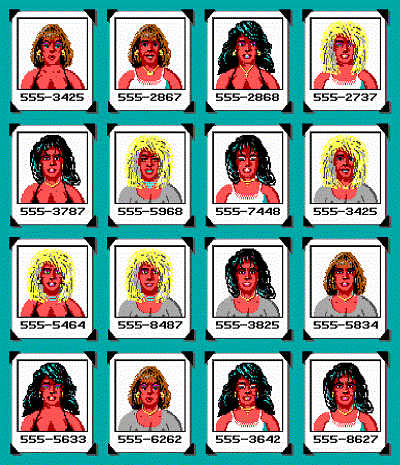
Games like Leisure Suit Larry II: Larry Goes Looking for Love (in Several Wrong Places) feature a method of copy protection that required players to posses a physical copy of the instruction manual. In this case, when the game started up it presented the player with a photo of a random woman. The player must then look through the physical instruction manual (called the “Black Book”), match her image with a telephone number and input it into the game. The game wouldn't start without going through this tedious step. Remember, this was before scanners were common!
8. Lenslok

In the early 1980s, several games on systems such as the Commodore 64 shipped with something known as the Lenslok. The plastic device contained a row of vertical prisms that was able to decipher a code that was displayed on the screen.
Unfortunately, the Lenslok wasn't calibrated for all screen sizes, so individuals with large or small screens weren't able to decipher the code. To top it off, many games were shipped with the incorrect Lenslok, making it useless to begin with. Clearly, the device wasn't very popular, and was only used for less than a dozen games.
7. Dongles

Dongles were an unpopular method of piracy protection in the 1980s, and was used for games and other forms of software. The dongle had to be plugged into the computer in one way or another, and the software wouldn't run without it.
6. “Check the Back of the CD Case!”
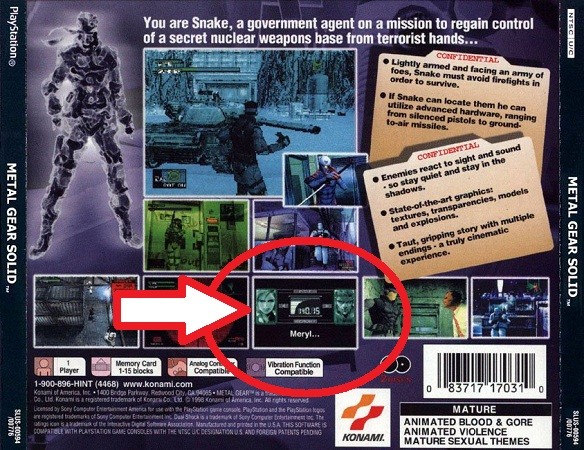
Metal Gear Solid often forces players to break the fourth wall. In this situation however, it's a sneaky way to integrate anti-piracy into the gameplay.
At an early point in the game, one of the characters tells protagonist Solid Snake to “look on the back of the CD case” to find a secret radio frequency to progress in the game. Many players at the time had no idea what this meant, and tried to examine every single object within the game. As it turns out, the hidden frequency was located on the back of the physical CD case that came with the game. Who would have guessed? Those who played copied versions of the game didn't have the CD case and were out of luck. Unfortunately, those who rented the game came across the same problem.[5. Crappy Guns in Operation Flashpoint

Instead of preventing pirates from stealing their game, the developers of Operation Flashpoint: Cold War Crisis decided to punish them by creating the most painful gaming experience. The game begins normally, but over time the accuracy and power of the weapons begin to diminish. Next thing you know, players are practically shooting air guns!
4. Love Plus+ Girls Never Date Pirates
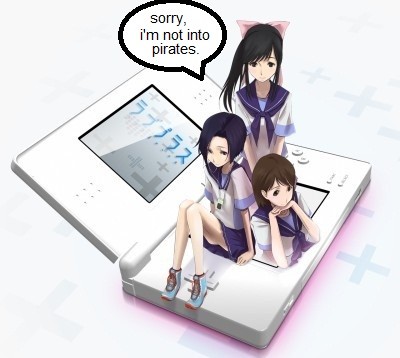
Japan's popular girlfriend simulator, Love Plus+, has a variety of countermeasures placed by the developers to make sure that those who play unauthorized copies of the game will never get dates from any of the virtual girls. No matter what the player gives or says to the digital female, she'll never let you pass first base. Harsh, but perhaps it's a bit like real life. Try to get a girl for free, and she'll hate you. Pay up, however, and she'll play with you.
3. Zak McKracken and the Alien Mindbender's Lecture on Piracy
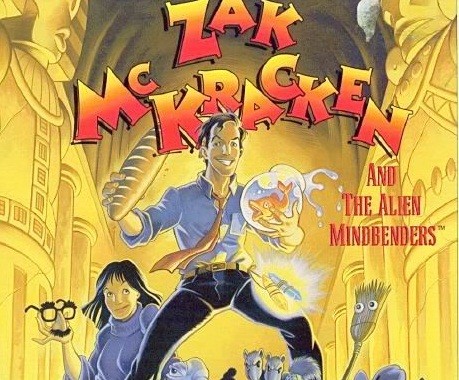
The method of piracy protection for Zak McKracken and the Alien Mindbenders, a 1988 LucasArts graphic adventure game, is a bit humorous, just like the game itself. At a certain point in the game the player will end up in jail, and will be stuck there permanently. A police officer in the game will then give a lengthy and condescending speech about software piracy.
2. Batman: Arkham Asylum's Deliberate Game Glitch
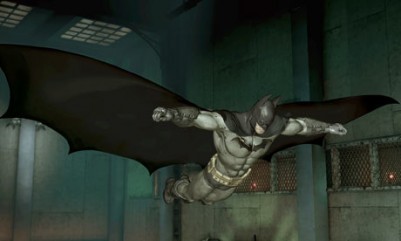
Instead of blocking out pirates from the PC version of Batman: Arkham Asylum, developer Eidos decided to mess with these software thieves first. They intentionally disabled some of Batman's moves, such as the bat glide, which prevented players from advancing after a certain point.
One pirate unintentionally revealed himself of the official Eidos forums, asking for assistance regarding what he believed was a real glitch in the game. Eidos administrator “Kein” responded with an unforgettable line;
The problem you have encountered is a hook in the copy protection, to catch out people who try and download cracked versions of the game for free.
It's not a bug in the game's code, it's a bug in your moral code.
Nice.
1. Earthbound's Automatic Game Save Deletion
The programmers at APE/Hal Laboratories really wanted to make pirates of their game suffer. Playing an unauthorized version of Earthbound will cause the game to freeze, forcing the player to reset the game right before the final battle. That's not the worst part though. Once it restarts, the pirated copy of the game automatically deletes all of the player's saved files. That's right, 30-40 hours of gameplay wasted, right before the climax of the game. Ouch!

